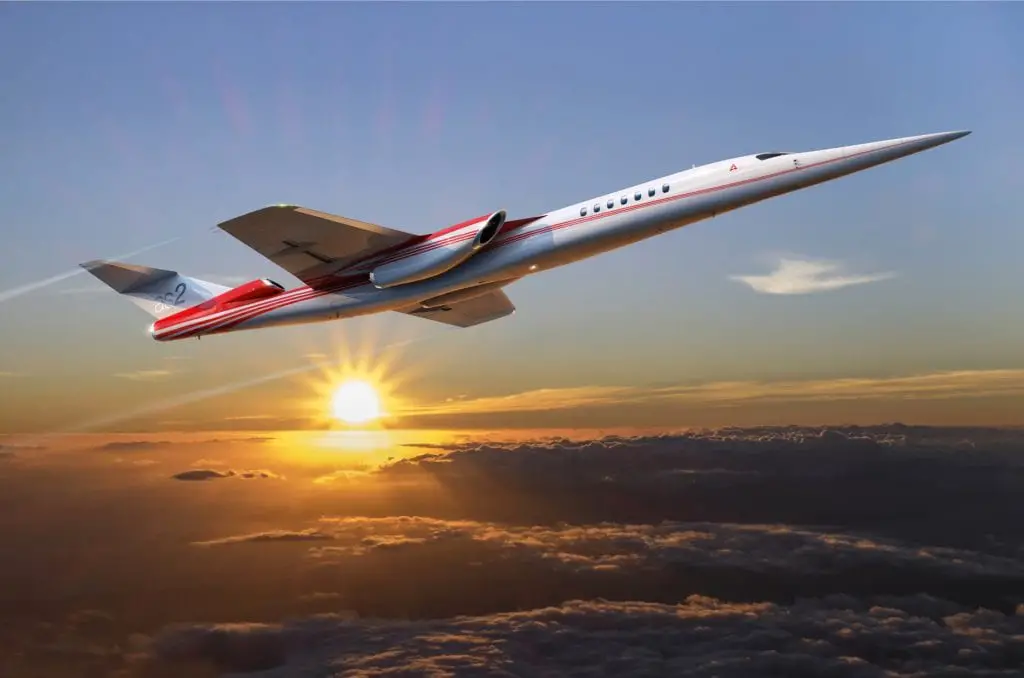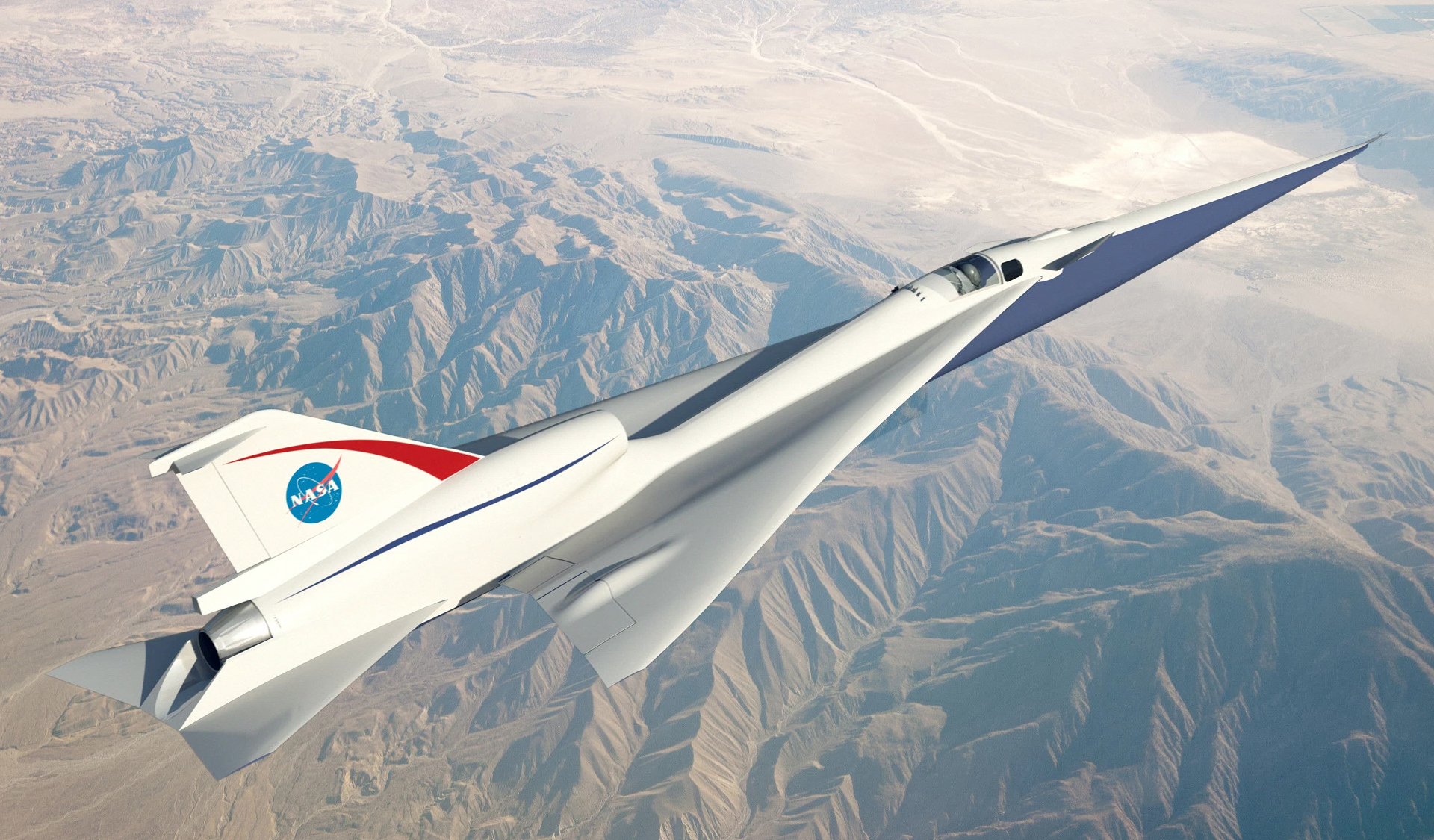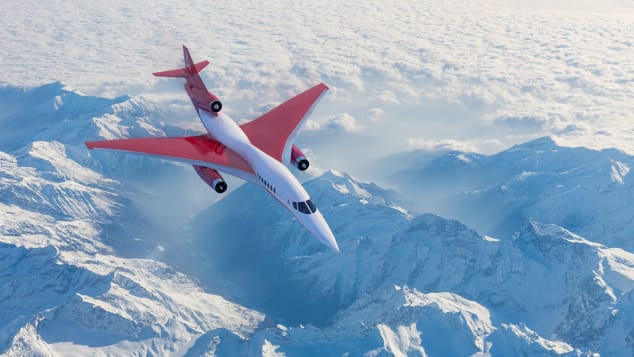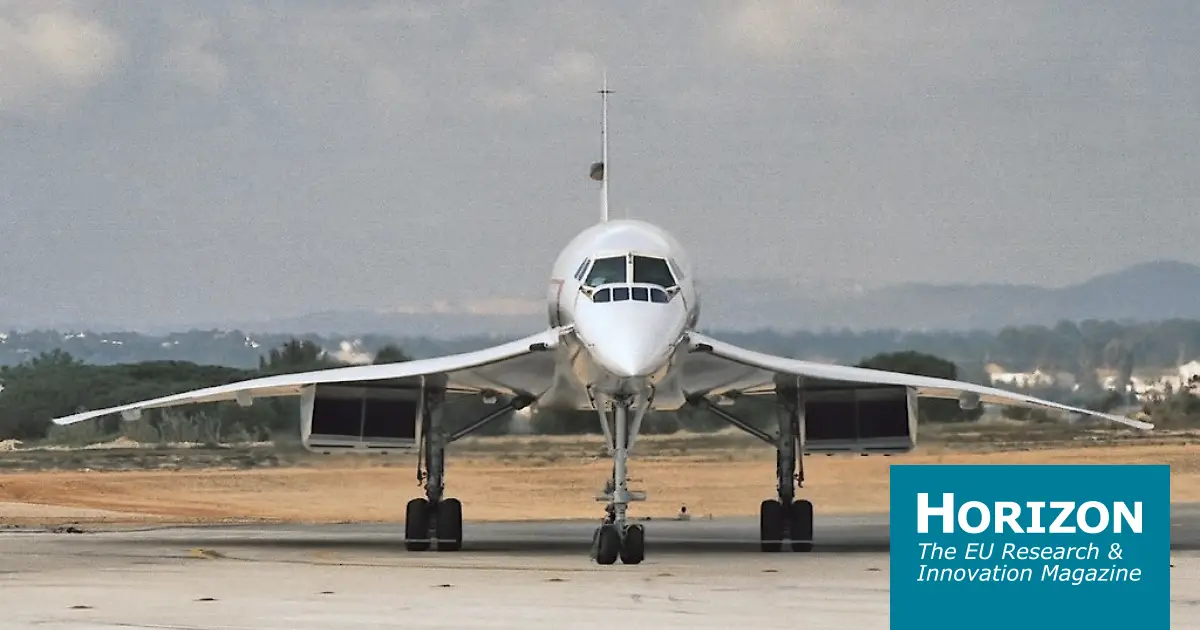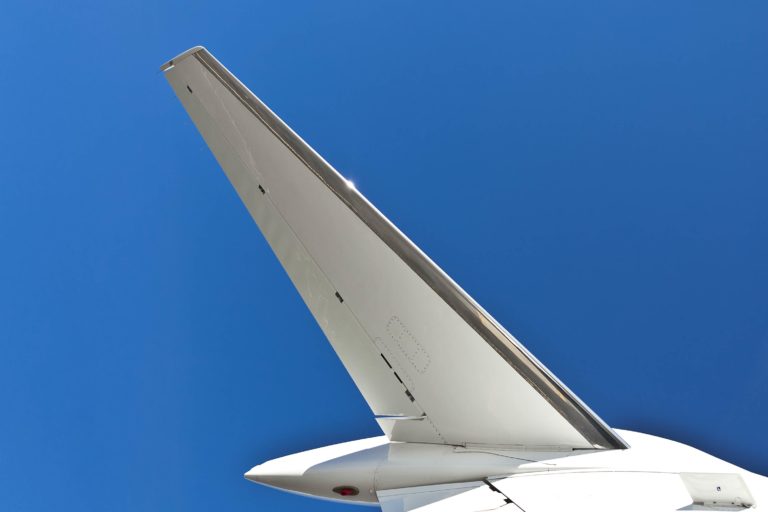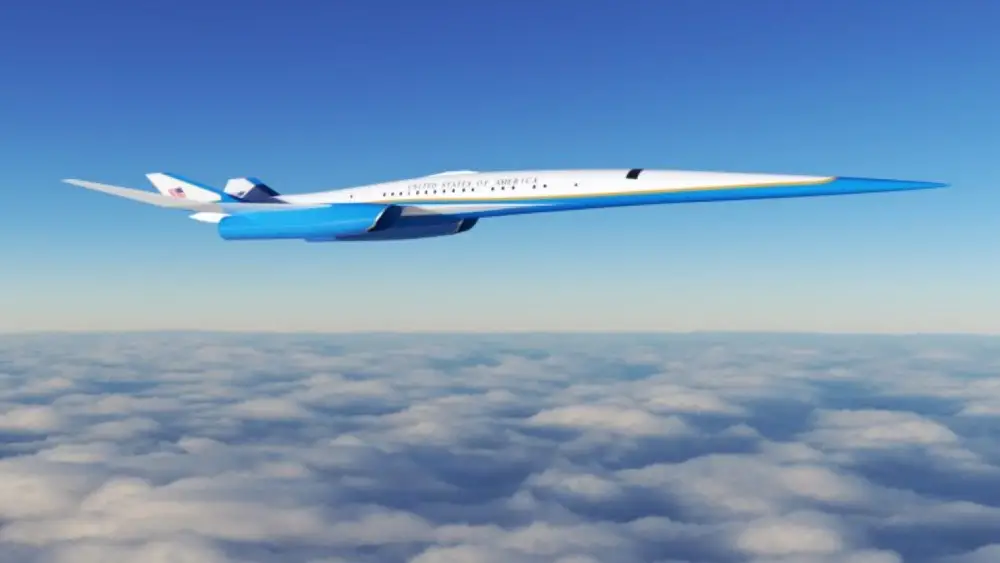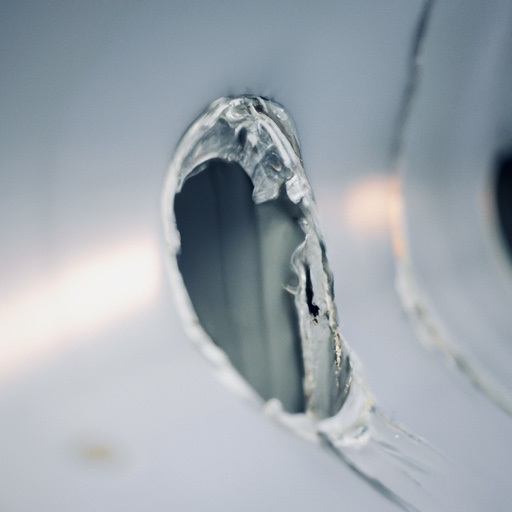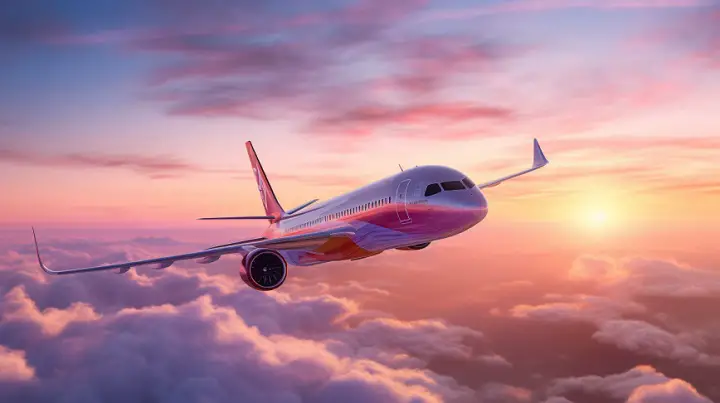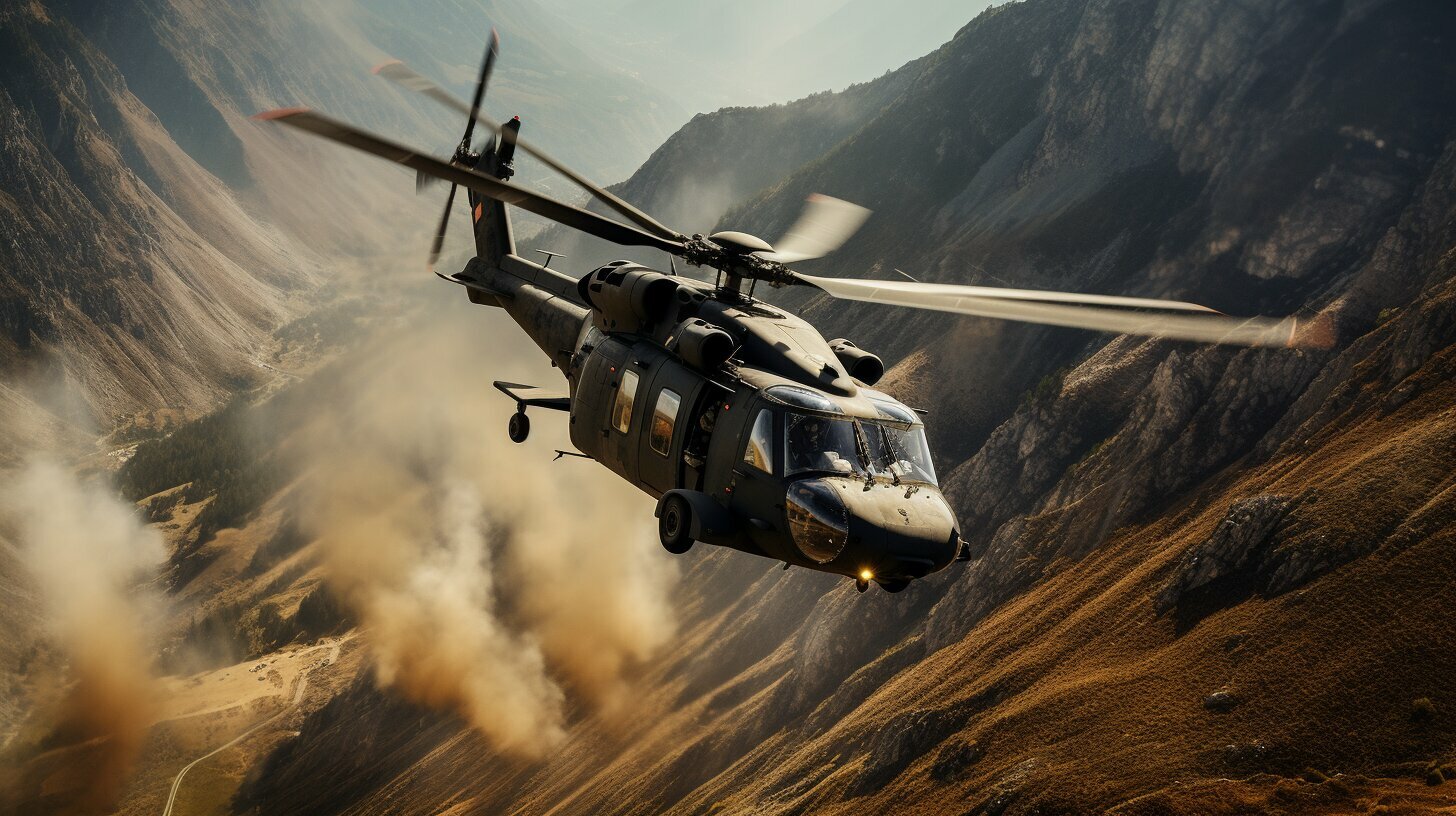
Supersonic Aircraft
A supersonic aircraft is capable of flying faster than the speed of sound. These aircraft are designed to withstand high speeds, extreme forces, and temperature changes that are associated with supersonic flight. They typically have streamlined shapes and powerful engines to allow them to reach and maintain supersonic speeds.
Progress in supersonic aircraft development
The first supersonic flight was achieved in 1947 by Air Force Capt. Charles E. “Chuck” Yeager, who flew an aircraft faster than the speed of sound (Mach 1). This led to the development of supersonic aircraft capable of speeds up to five times faster than the speed of sound (Mach 5). The Tupolev Tu-144 was the first supersonic aircraft to fly, taking off on December 31, 1968.
In the early 1970s, the Concorde was introduced but retired nearly two decades later due to high costs. NASA has been researching supersonics for decades and is now closer to making their Low-Boom Flight Demonstration aircraft a reality with their Quiet SuperSonic Technology Preliminary Design, or QueSST.
Recent progress in commercial supersonic aircraft development has been made by companies such as Boom Supersonic, Spike, and Aerion. The Federal Aviation Administration (FAA) is also working to ensure the US keeps pace with advancements in supersonic flight noise standards. The FAA has modernized procedures for obtaining special permission to fly aircraft above Mach 1 over the US, driven by renewed interest in supersonic flight research.
How supersonic aircraft work
To achieve supersonic speeds, supersonic aircraft are designed with advanced aerodynamic features that allow them to overcome the drag and other forces that typically limit the speed of an aircraft.
One key feature of supersonic aircraft is their shape. These aircraft typically have long, slender fuselages and sharply pointed noses to help them slice through the air and minimize drag. They also have wing shapes that are optimized for supersonic flight, with a high sweep angle and a narrow chord to reduce drag and increase lift.
These aircraft also typically have powerful engines that can generate enough thrust to propel them to supersonic speeds. These engines often have afterburners, which inject additional fuel into the exhaust stream to increase thrust. Some supersonic aircraft also have special devices called supersonic inlets, which help to compress and slow the incoming air before it reaches the engines, allowing them to operate more efficiently at supersonic speeds.
Finally, supersonic aircraft must have advanced avionics and control systems to help the pilots navigate and control the aircraft at such high speeds. These systems may include advanced radar systems, advanced flight control computers, and other specialized equipment.
Classification of supersonic aircraft by application
These can be classified as military, civilian, and experimental aircraft:
Military supersonic aircraft
These aircraft are used by military forces for a variety of missions, including air-to-air combat, air-to-surface attack, and air defense. Examples include:
- F-16 Fighting Falcon
- Lockheed Martin F-35 Lightning II
- Boeing X-32
- Lockheed Martin X-35
Civilian supersonic aircraft
The Concorde and Tupolev Tu-144 were the only civilian supersonic jet to have been operated commercially. All the other civilian supersonic aircraft are currently under development.
- Concorde
- Tupolev Tu-144
- Boom Overture
- Spike S-512
Experimental supersonic aircraft
These are aircraft that are built specifically for research and development purposes. They may be used to test new technologies or to explore the feasibility of new designs and concepts.
- X-59 QueSST
- X-15
Challenges and limitations of supersonic flight
There are several challenges and limitations associated with supersonic flight:
Environmental impacts
One of the major environmental impacts of supersonic aircraft is their high fuel consumption, which results in the emission of large amounts of carbon dioxide (CO2), against the allowance set by the Paris accord.
Another concern is the use of sustainable aviation fuels (SAFs) that are currently expensive and difficult to produce in large quantities, making them impractical for use in long-haul and high-speed flights.
There are some creative ideas being proposed by the aviation industry to address the environmental impacts of supersonic aircraft. These include the use of electric or hybrid engines, which have the potential to significantly reduce emissions.
However, these ideas are still in the development stage and it remains to be seen whether they will be able to convince the world rattled by climate change that these aircraft can be operated in a sustainable manner.
Noise pollution
Supersonic flight generates significantly more noise than subsonic flight. This is because the sonic boom, or shock wave, created by a supersonic aircraft is much louder than the engine noise of a subsonic aircraft.
The sonic boom can be heard on the ground as a loud explosion-like sound and can be disruptive to people and wildlife. Supersonic aircraft can also be a source of noise pollution for communities located near airports.
According to a study conducted by the International Council on Clean Transportation (ICCT), if plans for commercial supersonic aircraft are successful, areas in Western Europe and North America could potentially experience sonic booms every five minutes.
Cost and economic viability
Supersonic aircraft are generally more expensive to develop, manufacture, and operate than subsonic aircraft. This can make it challenging to justify the additional costs of supersonic flights, particularly for commercial airlines.
Regulation
There are strict regulations in place that limit supersonic flight over land due to the potential for sonic booms to disturb communities. This can further limit the routes that supersonic flights can operate on.
The Federal Aviation Administration (FAA) has proposed a rule that would update the procedures for obtaining permission to operate supersonic aircraft above Mach 1 in the United States. This proposal is based on the advancements in noise-reduction technologies, such as improved engine designs and materials used in airframe manufacturing. However, there is an ongoing debate about how these aircraft should be regulated in terms of noise and carbon emissions and how airports will handle the operational requirements of supersonic aircraft.
Final thoughts
While there have been significant technological advancements in recent years that have made supersonic flight more practical, there are still many challenges to overcome. These challenges include the high cost of supersonic aircraft development and operation, the environmental impacts of supersonic flight, and the regulations to accommodate supersonic aircraft operations.
However, the demand for faster air travel remains high, and it is possible that supersonic aircraft could play a role in meeting this demand in the future. Whether or not supersonic aircraft become a viable mode of transportation will depend on the ability of manufacturers to overcome these challenges and offer a product that is economically and environmentally sustainable.
References
The Federal Aviation Administration (FAA) is moving forward on standards for future supersonic aircraft in announcing rulemaking last week. Source: FAA ...
Resembling a futuristic paper airplane, this aircraft holds the secret to quiet supersonic commercial travel over land. The X-plane aims to turn the sonic boom ...
Recent advances in technology and new trends in commercial air travel could make supersonic flight economically viable. But regulations will have to change ...
Companies in the United States and abroad are now taking a new look at supersonic air travel. Lighter and more efficient composite materials, combined with new ...
The newly unveiled Aerion AS3 is a supersonic commercial airliner that promises to travel at Mach 4+ speeds, allowing it to jet between LA and Tokyo in under ...
Almost 20 years after Concorde was grounded, civilian supersonic aircraft seem ready to take off again. New technology is pushing a new generation of aircraft ...
Almost 20 years after Concorde was retired, new supersonic passenger aircraft are finally emerging. Source: New jets promise to revive supersonic travel - ...
A supersonic aircraft is capable of flying faster than the speed of sound. These aircraft are designed to withstand high speeds, extreme forces, and ...
There hasn't been a supersonic passenger airliner since the days of the Concorde. Now a test aircraft is ready to try again. Another plans to hit four times ...
In the golden age of aviation, a sleek, delta-winged aircraft shattered the sound barrier and forever changed the way we perceived air travel. The Concorde, ...
A next generation of quieter supersonic airplanes would halve the time to fly between major international destinations, but new standards still need to be ...
The current state of supersonic travel is one of development and anticipation. While supersonic travel was once a reality with the operation of Concorde, a ...
Exosonic's low-boom supersonic jet will carry the US vice president, secretary of defense, and first lady at twice the speed of normal jet. Source: Our Top ...


